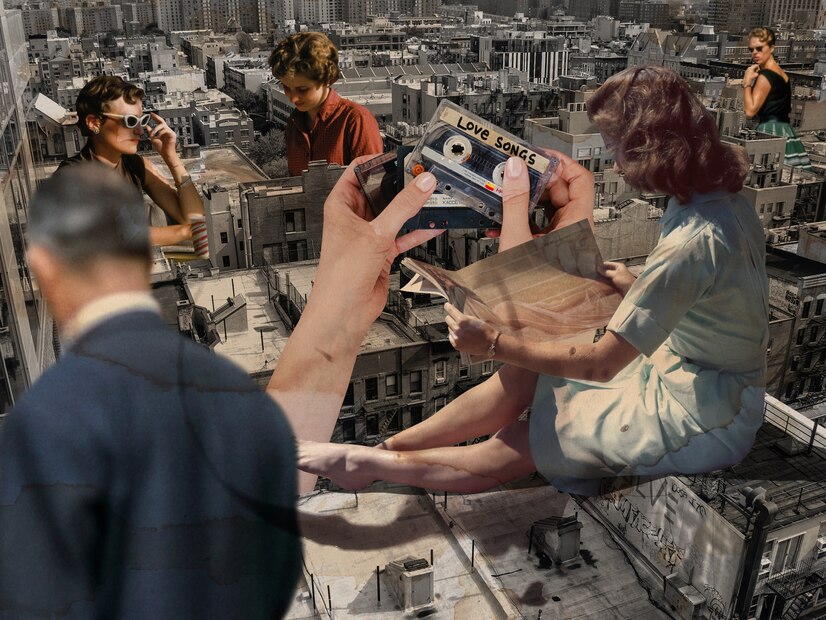The intersection of art, culture, and finance has always been a fascinating landscape. Few names capture this synergy as significantly as the Guggenheim Museum and Mike Dingman. Whether you’re a passionate art enthusiast, a curious travel blogger, or a seasoned finance professional, this blog will take you on a whirlwind exploration of how a world-class institution like the Guggenheim and a visionary art collector like Mike Dingman have left an indelible mark on art, travel, and finance.
The Guggenheim Museum: A Masterpiece of Art and Design
The Guggenheim Museum is more than just a landmark in New York City—it’s a temple dedicated to modern and contemporary art. Designed by world-renowned architect Frank Lloyd Wright, its distinctive spiral shape is a masterpiece in itself, rivaling the art housed within its walls. Opened in 1959, the museum has become one of the most important cultural institutions in the world, drawing millions of visitors annually.
The Guggenheim is famed for its groundbreaking exhibitions, celebrating artists like Jackson Pollock, Wassily Kandinsky, and Mark Rothko. The structure of the museum amplifies the experience of viewing art, with its winding ramp creating a flow that allows visitors to engage with the artwork in a unique and immersive way.
But beyond the building and its collections lies a deeper story—one that intertwines with individuals like Mike Dingman, whose legacy as a philanthropist and art collector cannot be overstated.
Mike Dingman’s Contribution to the Art Community
Michael (Mike) Dingman is a name that resonates across the worlds of finance, philanthropy, and art. Known for his sharp business acumen, Dingman wasn’t just a successful businessman—he was deeply passionate about art and culture. His devotion to collecting and supporting the arts reflects in his extensive collection of contemporary and modern pieces, which he tirelessly worked to preserve and share with the world.
A firm believer in the philosophy that art should be accessible to everyone, Dingman has donated and loaned numerous pieces from his private collection to institutions like the Guggenheim. His thoughtful contributions have helped enrich the already remarkable collections of numerous museums while introducing audiences to lesser-known masterpieces.
Outside of his art patronage, Dingman has actively driven philanthropic efforts, funding educational art programs and initiatives designed to make art and culture available to underserved communities. His dedication to fostering a cultural renaissance is evident in initiatives that continue to inspire new artists and curators.
The Guggenheim Collection’s Remarkable Influence
The Guggenheim boasts an awe-inspiring collection that spans post-impressionist, modernist, and contemporary art movements. Visitors are treated to pivotal works from legends like Pablo Picasso, Vasily Kandinsky, and Vincent van Gogh. The mix of permanent collections and traveling exhibitions ensures every visit offers something fresh, making it a bucket-list destination for art lovers worldwide.
The museum doesn’t just stop at static exhibitions; it also embraces multimedia and experimental art. Its commitment to forward-thinking creativity mirrors the vision of art enthusiasts like Dingman, who believe in pushing the boundaries of artistic expression.
Another fascinating layer of the Guggenheim is its ability to inspire travel. Tourists from all corners of the globe visit the museum annually, making it a centerpiece of cultural tourism in New York City. The economic benefit extends beyond the museum walls—local hotels, restaurants, and transport services all see an influx of tourists eager to experience the cultural vibrance of the area.
Art, Travel, and Finance Collide
Art isn’t just culture—it’s also a business. The global art market generates billions of dollars annually, influencing tourism, urban development, and even stock market strategies. The Guggenheim and collectors like Mike Dingman exist at an intriguing crossroads where art appreciation meets economic impact.
For a city like New York, institutions like the Guggenheim are economic engines. Beyond drawing tourists, they contribute to local job creation and encourage investment in culture. Philanthropists such as Dingman amplify this impact by funding institutions and contributing valuable works that attract global attention.
On a personal level, art collecting has become not only a passion project but also an investment strategy for many. Collectors like Dingman understand the dual benefits of nurturing cultural heritage while simultaneously building an asset class that appreciates over time. From leveraging art auctions to collaborating with museums, the interplay between art and finance opens doors to enduring societal value.
A Symbiotic Relationship Between the Guggenheim and Mike Dingman
Mike Dingman’s collaboration with prominent institutions like the Guggenheim reflects a mutually beneficial relationship. On the one hand, the museum gains access to world-class pieces that elevate its offerings. On the other, benefactors like Dingman see their collections receive the recognition they deserve while making a lasting impact on the global artscape.
Over the years, Dingman’s contributions have cemented the Guggenheim as an institution that not only celebrates the past and present but also actively shapes the future of art. His influence continues to ripple through the art community, from the exhibitions that captivate visitors to long-term initiatives that redefine how we approach collecting, preserving, and sharing art.
Why It All Matters
The story of the Guggenheim and Mike Dingman reflects the power of combining culture and commerce to create something extraordinary. The Guggenheim’s iconic architecture and unparalleled collection promise to inspire generations to come, while Dingman’s art collection and philanthropic efforts show how individuals can play a vital role in making art accessible to all.
For art enthusiasts, visiting the Guggenheim offers the chance to experience history in motion. For aspiring collectors or finance professionals, it’s a chance to explore how passion can intersect with economics. And for all of us, it’s a reminder that art isn’t just something to be admired—it’s a language that connects humanity across time and geography.


